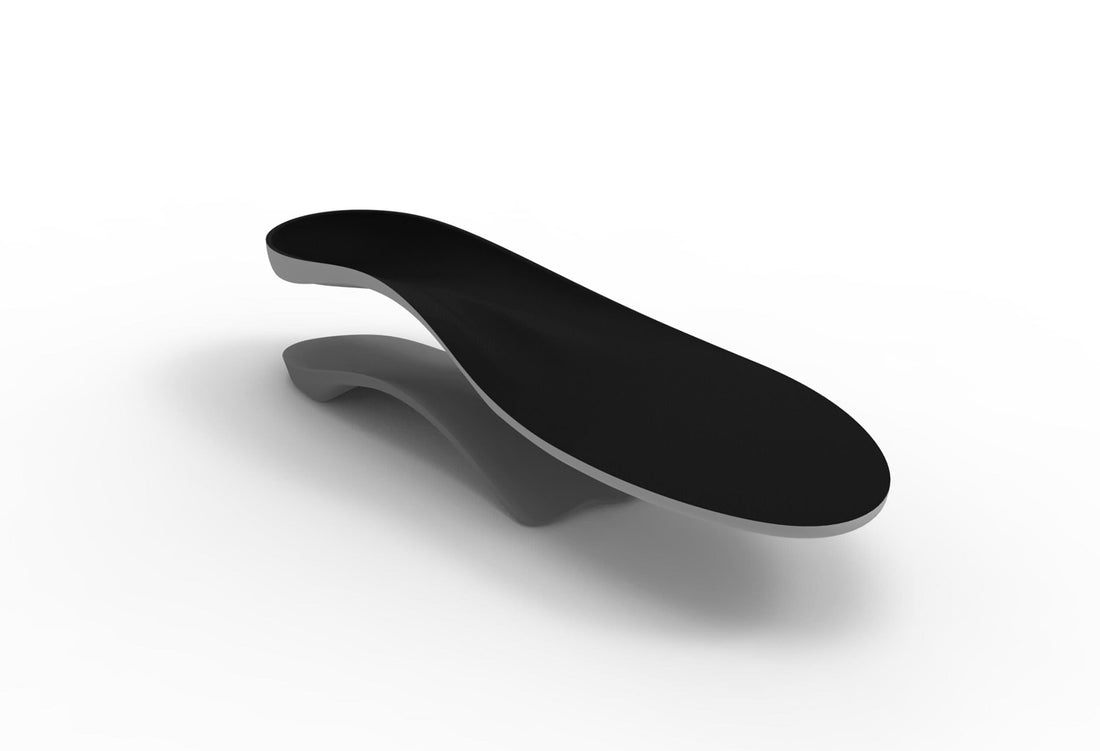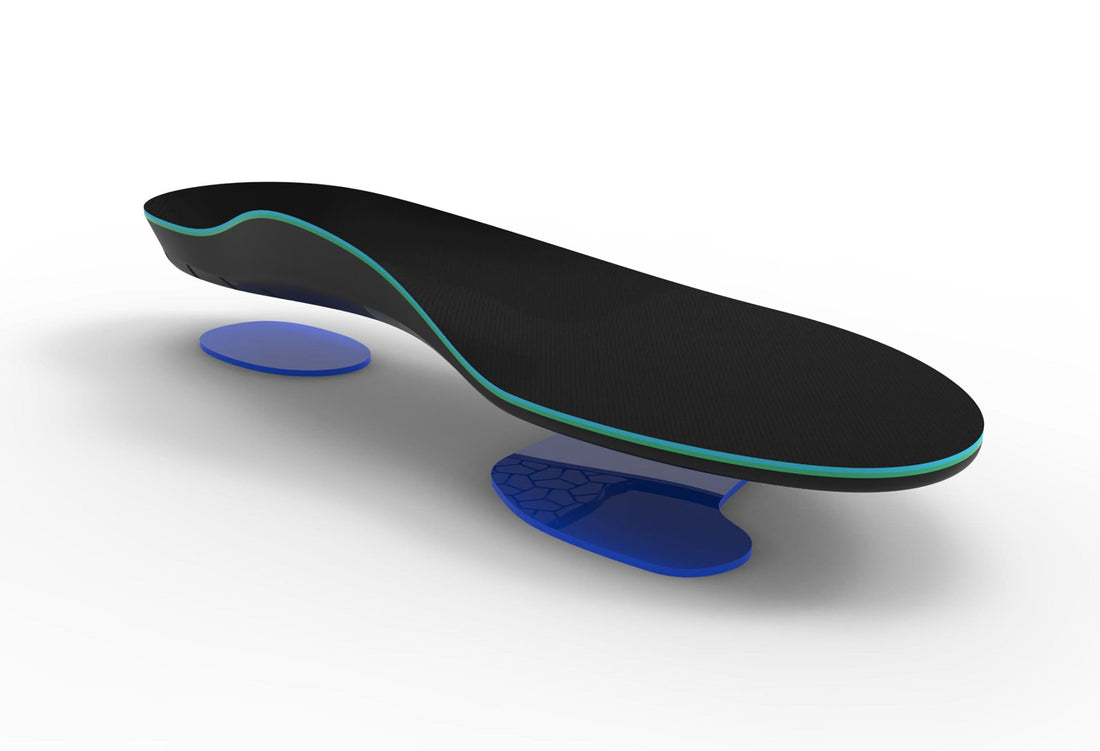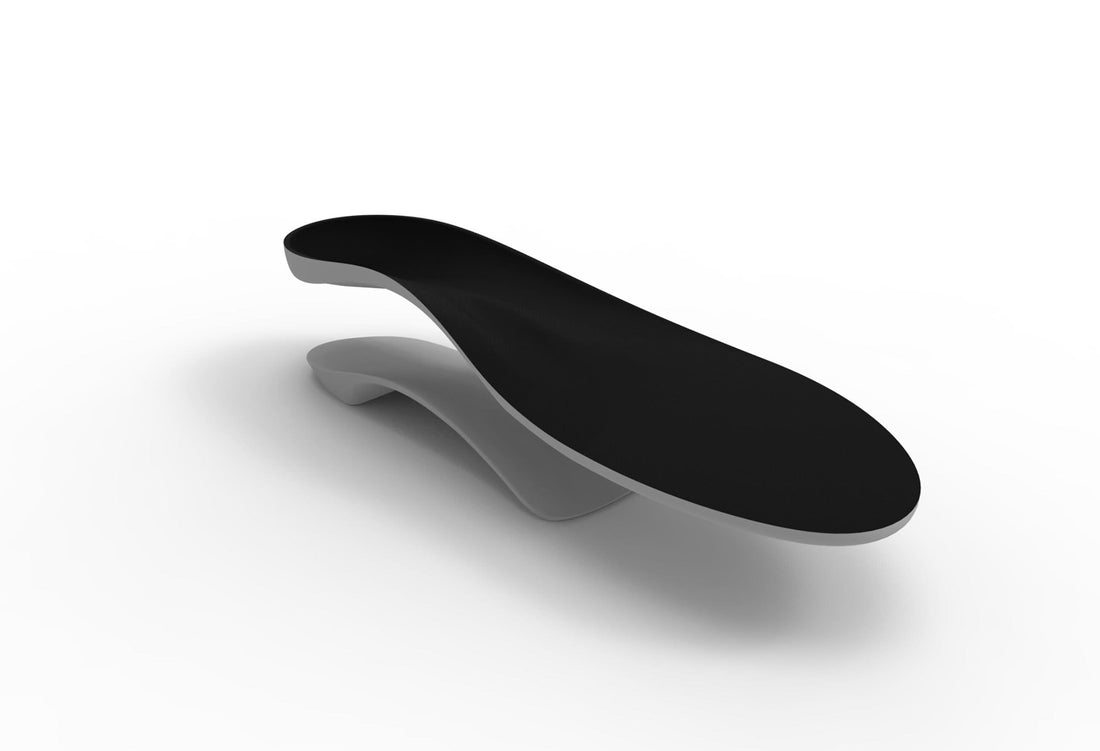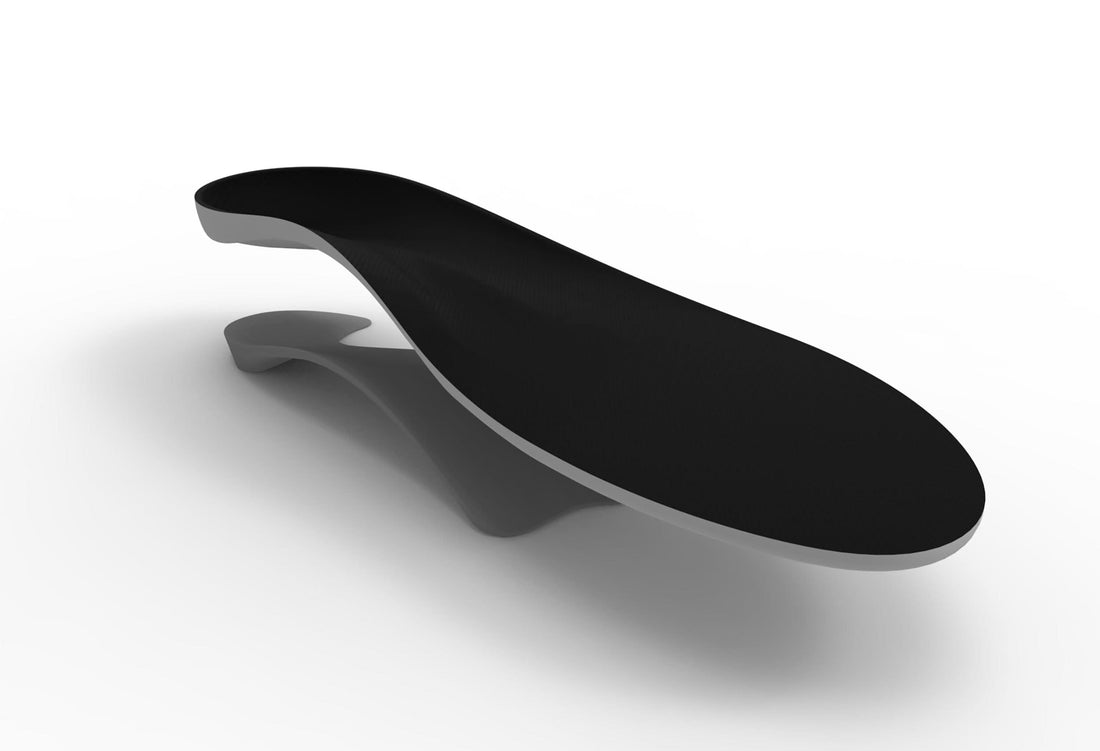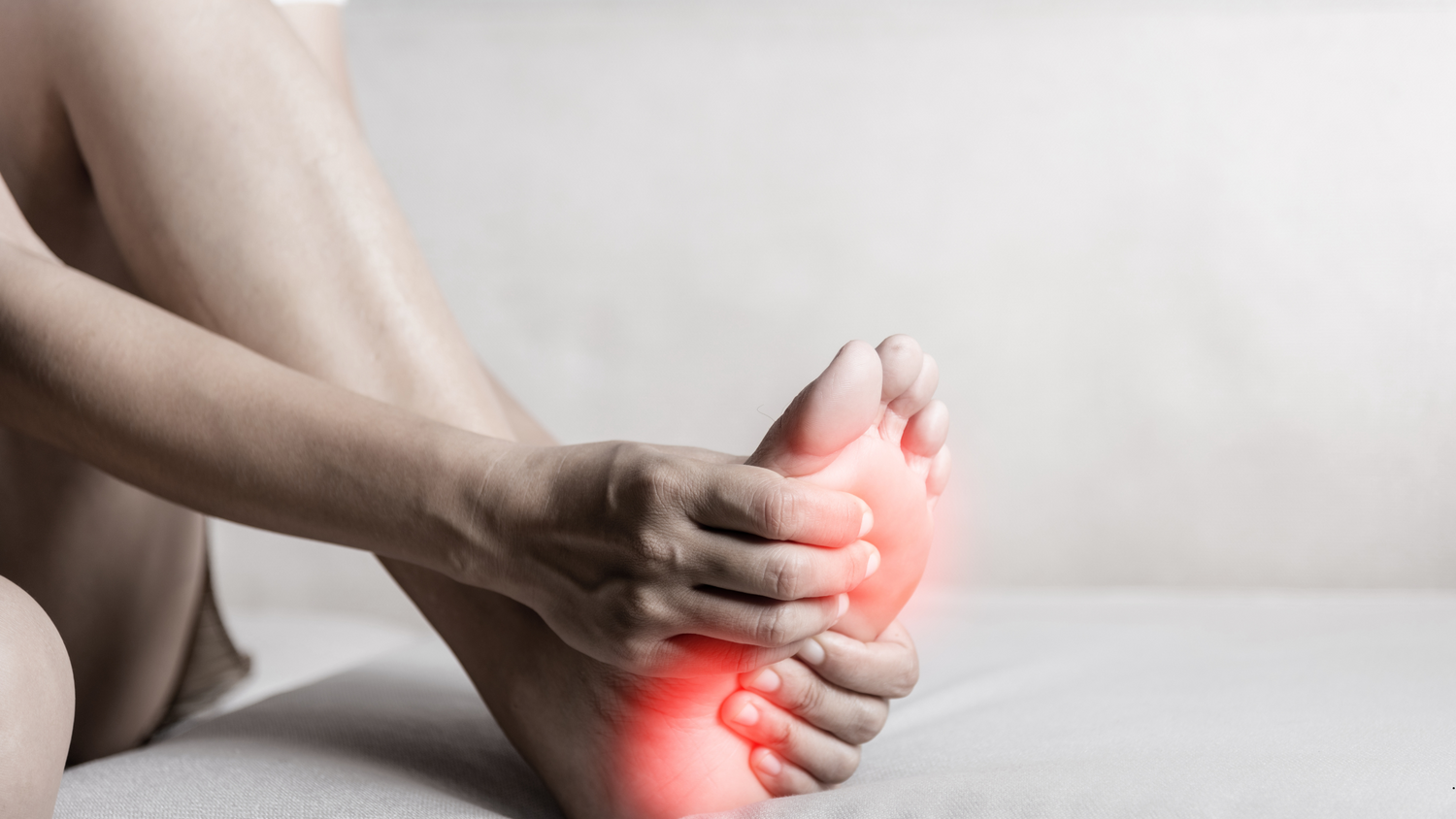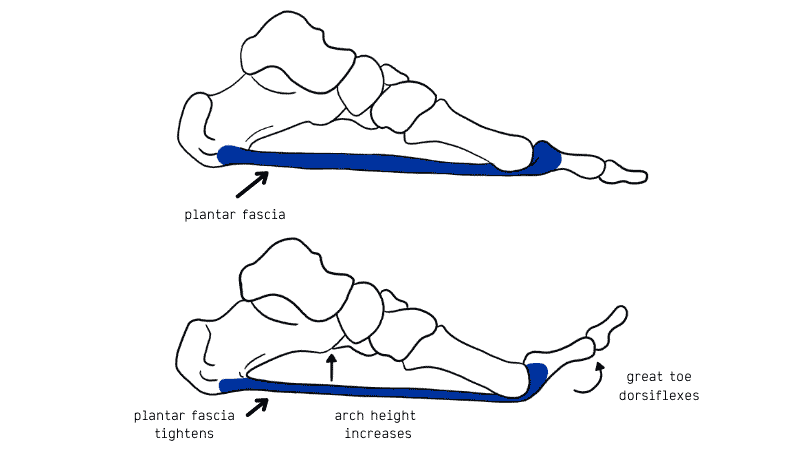Corns are circumscribed lesions of hard skin that are formed by the body in response to high pressure, or friction, on a small area of the foot.
Corns are similar to calluses, but are smaller and penetrate deeper into the skin. Corns often form over boney prominences, such as the tops and ends of toes, or on the ball of the foot. Corns are often painful when they are subject to direct pressure. There are several types of corns. These include: hard corns (often on overlying boney prominences), soft corns (can be found in between toes), seed corns (small, embedded in callus on the bottom of feet) and vascular corns (corns that have small capillaries intertwined in the skin tissue).
Cause
Corns are formed by the body in areas that are under high pressure or frictional forces. Often excessive callous can turn into a corn. This response is a protective mechanism attempting to prevent trauma to the skin and underlying tissue. Ill-fitting and non supportive footwear, such as narrow shoes, can place unwanted pressure on areas of the feet or toes. Biomechanical abnormalities of the feet and limbs may contribute to the formation of corns on the feet or toes. Certain foot or toe deformities can result in the formation of a corn. An example of this may be a clawed or retracted toe.
Symptoms
Diagnosis of corns can be made by your health practitioner and is based on the following:
- Clinical examination. This includes a visual assessment and physical palpation of the presented painful area.
- Footwear assessment. Your practitioner may assess the quality of your everyday footwear.
- Biomechanical and foot assessment. This will determine whether there are any poor biomechanics, or structural deformities, that are placing excess pressure on specific areas of the feet.
Diagnosis
Diagnosis of Flat Feet or Fallen Arches can be made by your health practitioner and is based on the following:
- Clinical assessment involving visual gait assessment, as well as biomechanical assessment.
- A detailed family and medical history.
- A pain history assessment determining the location of painful symptoms.
- Physical palpation of the feet and painful areas.
- Imaging such as MRI or x-ray can be used by your practitioner to assist in the diagnosis.
Treatment
Treatment will depend on the location of the corn. Corns on the top or between the toes are often due to tight fitting shoes. Corns on the bottom surface of the foot are often related to poor biomechanics and may require orthotic treatment.
Orthotics: With the help of your practitioner, treating poor biomechanics with the use of an Interpod Orthotic will assist in realigning the foot, which will distribute the pressure evenly across the whole surface of the foot. The orthotic will provide shock absorption to reduce pressure on the bottom of the feet and tops of toes.
Footwear: A well fitting shoe that provides adequate support and shock absorption. Footwear must have adequate width and depth around the toes.
Padding: Your practitioner may apply padding to your shoes to offload high pressured areas.
Removal of corn: Your practitioner may remove the corn from your skin that is causing discomfort.”]
Prevention
- Orthotics: Continue to wear your Interpod orthotics for work and physical activity.
- Footwear: Continue to wear supportive footwear for work and physical activity. Avoid wearing narrow, or ill-fitting, footwear.
- Moisturise: Use a moisturising cream regularly to keep skin well hydrated.
References
Frowen, O’Donnell, Lorimer & Burrow. (2010). Neale’s Disorders of the foot (8th Ed.), Elsevier Limited, pgs. 28-30.
www.webmd.com/skin-problems-and-treatments/guide/understanding-corns-calluses-basics


